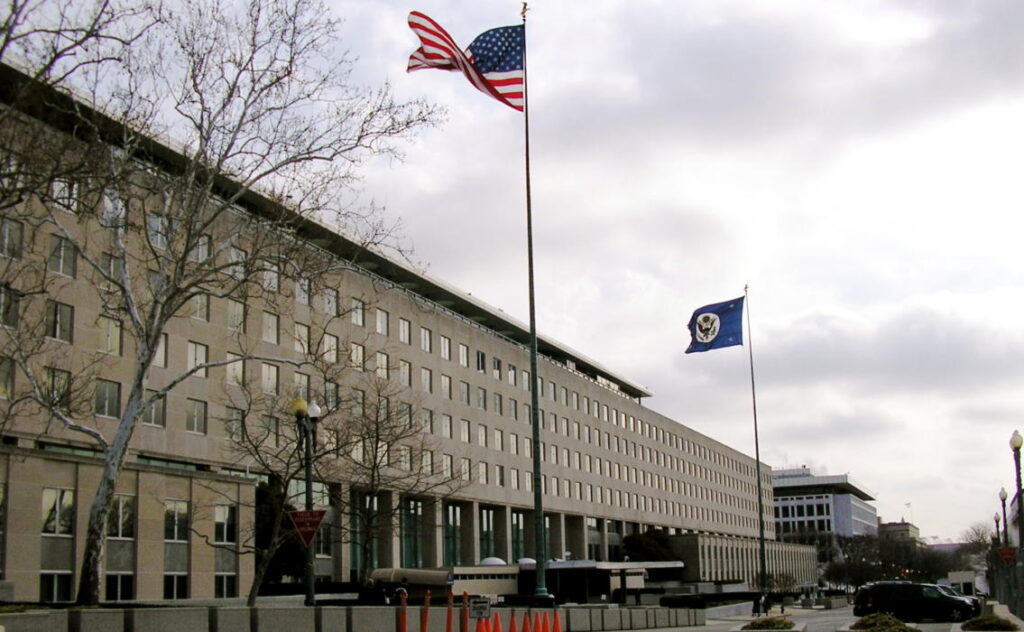Global attack uses a Microsoft vulnerability …
Leaked NSA exploit blamed for global ransomware cyberattack | RT |
A zero-day vulnerability tool, covertly exploited by US intelligence agencies and exposed by the Shadow Brokers hacking group has been blamed for the massive spread of malware that infected tens of thousands of computer systems globally.
○ LIVE UPDATES: Mass cyberattack strikes computer systems worldwide
The ransomware virus which extorts Windows users by blocking their personal files and demanding payment to restore access, allegedly exploits a vulnerability that was discovered and concealed for future use by the National Security Agency (NSA), according to a range of security experts.
« Image: @fendifille/Twitter/PA » “Our analysis indicates the attack, dubbed “WannaCry”, is initiated through an SMBv2 remote code execution in Microsoft Windows. This exploit (codenamed “EternalBlue”) has been made available on the internet through the Shadowbrokers dump on April 14th, 2017,” Russian cybersecurity firm, Kaspersky Lab, wrote in a blog post about the attack.
Although Microsoft had already patched the backdoor roughly a month before it became public, many users who did not install the latest security updates seem to have become the primary victims of the attack.
○ WannaCry ransomware used in widespread attacks all over the world | Kaspersky Lab |
○ U.S. intel officials slam Kaspersky in fear for Russian spying | Cyberscoop |
NHS services in England and Scotland hit by global cyber-attack | The Guardian |
The NHS has been hit as part of a global cyber-attack that threw hospitals and businesses in the UK and around the world into chaos.
The unprecedented attacks appeared to have been carried out by hackers using a tool stolen from the National Security Agency (NSA) in the US. They affected at least 16 NHS trusts in the UK, compromising IT systems that underpin patient safety. Staff across the NHS were locked out of their computers and trusts had to divert emergency patients.
As the prime minister, Theresa May, confirmed that the NHS disruption was part of a wider international event, the attack was declared a major incident by NHS England. In Scotland, the first minister, Nicola Sturgeon, chaired a resilience meeting on the issue.
The same malicious software that hit NHS networks attacked some of the largest companies in Spain and Portugal, including phone company Telefónica, and has also been detected on computers in Russia, Ukraine and Taiwan among other countries. The international shipping company FedEx was also affected.
In the UK, computers in hospitals and GP surgeries simultaneously received a pop-up message demanding a ransom in exchange for access to the PCs.
A warning was circulated on Friday within at least one NHS trust of “a serious ransomware threat currently in circulation throughout the NHS”, but the attack proved impossible to stop. Patient records, appointment schedules, internal phone lines and emails were rendered inaccessible and connections between computers and medical equipment were brought down. Staff were forced to turn to pen and paper and to use their own mobile phones.
Ransomware works by infecting a computer, locking users out of the system (usually by encrypting the data on the hard drive), and then holding the decryption or other release key ransom until the victim pays a fee, usually in bitcoin. In this case, the NHS experienced hobbled computer and phone systems, system failures, and widespread confusion after hospital computers started showing a ransom message demanding $300 worth of bitcoin.
Source: The Ransomware Meltdown Experts Warned About | Wired |
○ Major ‘ransomware’ attack strikes worldwide targets | DW |
[Update-1] ‘Accidental hero’ halts ransomware attack
Continued below the fold …
WannaCry Doomed by Its ‘Kill Switch’
‘Accidental hero’ halts ransomware attack and warns: this is not over | The Guardian |
The “accidental hero” who halted the global spread of an unprecedented ransomware attack by registering a garbled domain name hidden in the malware has warned the attack could be rebooted.
The ransomware used in Friday’s attack wreaked havoc on organisations including FedEx and Telefónica, as well as the UK’s National Health Service (NHS), where operations were cancelled, X-rays, test results and patient records became unavailable and phones did not work.
But the spread of the attack was brought to a sudden halt when one UK cybersecurity researcher tweeting as @malwaretechblog, with the help of Darien Huss from security firm Proofpoint, found and inadvertently activated a “kill switch” in the malicious software.
The researcher, who identified himself only as MalwareTech, is a 22-year-old from south-west England who works for Kryptos logic, an LA-based threat intelligence company.
The kill switch was hardcoded into the malware in case the creator wanted to stop it spreading. This involved a very long nonsensical domain name that the malware makes a request to – just as if it was looking up any website – and if the request comes back and shows that the domain is live, the kill switch takes effect and the malware stops spreading.
○ How an Accidental ‘Kill Switch’ Slowed Friday’s Massive Ransomware Attack | Wired |
○ Ransomware attack: Recap after unprecedented global hack spreads from NHS to car manufacturers | The Mirror |
